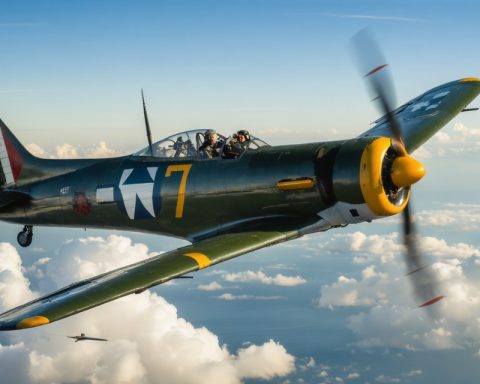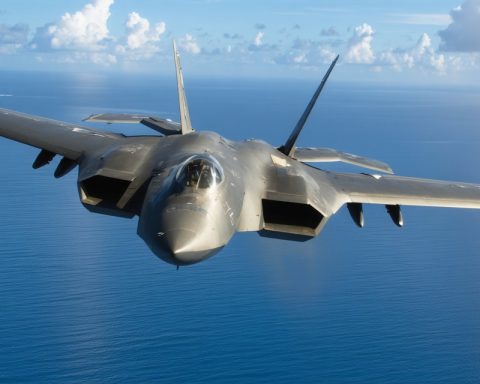In a decisive move, the Royal Netherlands Air Force’s F-35A Lightning II fighter jets stationed in Estonia successfully intercepted three Russian aircraft, marking their presence in the tense Baltic skies.
Since December 1st, four Dutch F-35A jets have been on alert at Ämari Air Base as part of the Baltic Air Policing mission. Recently, these advanced aircraft responded swiftly to Russian military planes approaching Baltic airspace, including a Su-24MR and an An-72 transport plane. The Dutch Ministry of Defence reported that another alert led to the interception of an Il-20 reconnaissance aircraft. During these engagements, the Dutch jets conducted visual identification and escorted the Russian planes to ensure they remained outside protected airspace.
The Baltic Air Policing mission aims to secure the airspace over Estonia, Latvia, and Lithuania, especially against unannounced flights with disabled transponders near the region. As part of NATO’s strategic procedures, fighter jets perform visual identification and presence demonstrations as deterrence measures.
In addition to the Netherlands’ commitment, the region’s defense is strengthened by French Dassault Rafale jets stationed in Lithuania. The British Royal Air Force plans to enhance this coalition by deploying their Eurofighter Typhoon jets to Poland soon. The collaborative efforts of NATO members remain vital to safeguarding Baltic skies amidst increasing tensions.
The Untold Advantages of NATO’s Baltic Air Policing
The recent successful interception by the Royal Netherlands Air Force’s F-35A Lightning II fighter jets in Estonia highlights the critical role of the Baltic Air Policing mission. This operation, a strategic effort by NATO, involves multiple member nations collaborating to ensure the safety and stability of Baltic airspace. As tensions rise in the region, the significance of this mission becomes even more pronounced.
Key Features of the F-35A Lightning II
The F-35A Lightning II is renowned for its advanced capabilities, making it a vital asset in the Baltic Air Policing mission. This fifth-generation fighter jet is equipped with stealth technology, advanced sensors, and superior agility, which enable it to conduct both air-to-air and air-to-ground operations effectively. Its ability to collect and share information across a wide network enhances mission success and interoperability among NATO forces.
Collaborative NATO Efforts and Regional Security
The mission is not solely dependent on the Dutch F-35A fighters. Other NATO countries, such as France and the United Kingdom, are contributing to this collective security endeavor. The deployment of French Dassault Rafale jets in Lithuania and the forthcoming deployment of British Eurofighter Typhoon jets in Poland underscore the multi-national effort to maintain regional stability.
Sustainable Defense in the Baltics
With an increased focus on sustainability, NATO member nations participating in the Baltic Air Policing mission are also considering the environmental impact of their defense strategies. Efforts are being made to reduce the carbon footprint of defense operations and to implement more eco-friendly practices wherever possible.
Predictions and Insights
Looking ahead, the continuation of robust collaborations among NATO members is expected to enhance the effectiveness of the Baltic Air Policing mission. Innovations in defense technology and improved interoperability are likely to play a key role in adapting to emerging threats, ensuring the airspace over Estonia, Latvia, and Lithuania remains secure.
For more information on NATO operations and commitments, visit NATO’s official website.







